In October 2023, UK Prime Minister, Rishi Sunak, announced the new legislation to create a smoke-free generation.
The legislation will make it an offence to sell tobacco products to anyone born on or after January 1, 2009. In effect, the law will stop children who are turning 14 or younger this year from ever legally being sold tobacco products – raising the smoking age by a year, each year, until it applies to the whole population.
According to Action on Smoking and Health, about one out of every eight people in the UK smokes and according to the NHS, around 76,000 people in the UK die from smoking every year.
According to GOV.UK: ‘In 2022, the government launched an independent review into tobacco control policies, led by Dr Javed Khan OBE. Following extensive consultation, the review made recommendations to support the government’s target to be smoke-free by 2030 (prevalence of 5% or less). The most ambitious was a proposal to raise the age of sale for tobacco year-on-year indefinitely, to ensure that future generations never start smoking.’
Currently, there are several devices available that offer themselves as alternatives for smokers such as heated tobacco, e-cigarettes and vapes, but in recent years these devices have been used as more ‘enjoyable’ methods of taking nicotine, even if the user hadn’t smoked cigarettes previously.
There are numerous platforms, websites and apps offering guidance and support for those wanting to quit smoking. One app even utilises AI to recognise when a user is entering a location where they used to smoke.
However, as always, the digital realm offers two sides, one that is supportive with its quitting apps and educational platforms, and the other, which includes underage sales and social media’s romanticisation of smoking, allowing impressionable people, mainly the youth, to want to start the habit.
As part of the new legislation, there will be restrictions on online sales introduced as the number of children accessing cigarettes online is addressed as a concern, with NHS data from 2021 showing that 8% of 11-15-year-olds reported buying tobacco products online in 2021, compared to 2% in 2018.
Technology has many roles to play in this movement, so we ask two experts who are arms-deep in the smoke-free healthcare space our question of the month: What technology will make the PM’s ‘Smoke-free’ generation possible?
Dr Nveed Chaudhary, Chief Scientific and Regulatory Officer at Broughton:

There are several next-generation nicotine delivery products (NGPs) with an important role to play in achieving a smoke-free future.
Modern oral nicotine pouches (MONPs) present an extraordinary opportunity to support tobacco harm reduction for adult smokers. Sweden, the world’s most advanced nicotine pouch market, is the first country to have been designated smoke-free, with less than 5% of smoking incidence in the population.
However, there are some current regulatory challenges that must be addressed. In the EU, MONPs are not classed as tobacco-related products and therefore do not fall into the EU-wide ban on oral tobacco products. They fall into a regulatory void, allowing under-18s to purchase them legally. A lack of regulation on nicotine pouches risks leading to colourful packaging, inappropriate flavours and marketing directed at youth.
If youth use becomes an issue, the easiest action for UK regulators to take is to categorise nicotine pouches in the same way as oral tobacco products like Snus — rendering them illegal. Swift regulatory action is needed to keep these products available for tobacco harm reduction and avoid MONPs falling into the same traps as disposable vapes.
Non-heated vape technologies could also play an important role in helping smokers quit. Most consumer vapes rely on traditional coil and wick technology, which is prone to dosage inconsistency caused by various factors, such as variation in battery life, power delivery, and temperature, to highlight a few.
Emerging electronic nicotine delivery systems (ENDS) based on non-heated technology can significantly improve delivered dose uniformity (DDU) and therefore open options for approval via the medicinal marketing authorisation application (MAA) pathway more likely. Once a device is approved via this pathway, it can be prescribed by the NHS as a nicotine replacement therapy.
One example of non-heated vape technology is those encompassing ultrasound sonication of e-liquids to create an aerosol, similar to the technology used in medical nebulizers. The droplet size and dosage can be predefined through the dimensions of a mesh, allowing for uniformity in the vapour.
Dr David Crane, Founder of the Smoke Free app:

A smokefree generation is a very ambitious goal but vapes and apps can make it a reality.
Evidence says the best way to stop smoking is to take nicotine to manage cravings and use behavioural support to change habits. Vapes are the best nicotine delivery system yet invented because they also replicate much else of what is satisfying about smoking: the hit and the ‘smoke’ that’s exhaled. This makes it easier to resist the lure of a cigarette and buys time for new habits to form.
The behavioural support needed to help millions of people change their habits will have to come in large part from apps. In-person support is expensive to provide and difficult to access, fewer than 2% of quitters use it. App support is instantly accessible at any time from almost anywhere. Use can take place anonymously and without fear of negative judgement, support can be delivered in a structured programme or taken at an individual pace, and a wide range of tools can be offered to suit different needs.
Apps also deliver support in ways not possible before at scale, be that a daily stop-smoking programme, 24/7 peer support, instant tips for dealing with cravings, a personalised AI chatbot or up-to-the-second feedback on progress. Seeing increases in their time smoke-free, money saved or health improvements can be all the motivation someone needs to stay strong for a few minutes until a craving subsides.
The ability of apps to iterate is possibly the most important benefit of all because most stop-smoking attempts (and most diets, exercise regimes and other behaviour change attempts) still do not last long-term. We need to learn more about what techniques work for which people at what time. And we do that by combining the scientific method with constant iteration, something that’s really only possible with apps.
What’s more, a relatively unheralded Government decision to commission apps on a pay-on-results basis could greatly accelerate our understanding. Rewarding apps for becoming more effective will mean effort and resources become orientated around that goal. The learning that results could lead to a quantum leap forward in our ability to help people stop smoking, lose weight, exercise more, drink less or be more successful at other things they want to do but struggle with.


